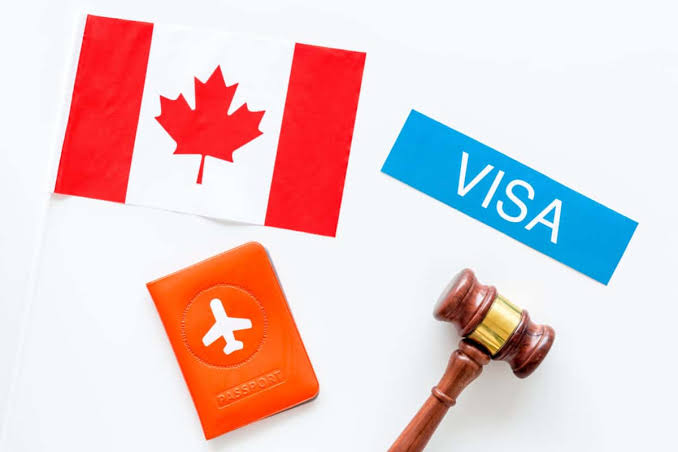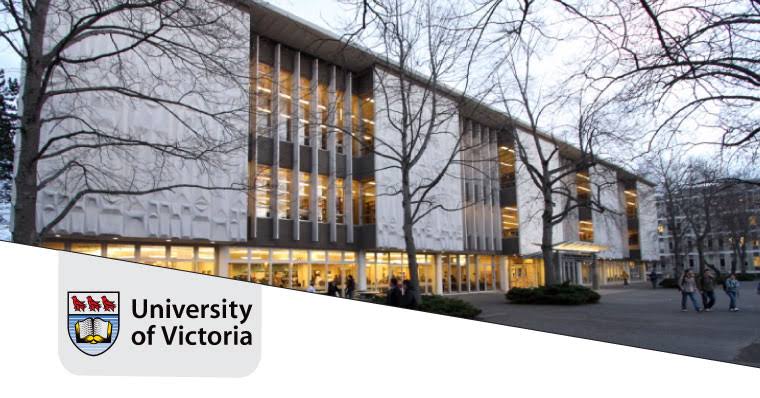A Canadian Temporary Resident Visa (TRV), often called a visitor visa, is required for individuals from certain countries who wish to visit Canada temporarily for tourism, family visits, business meetings, or other short-term purposes. Understanding the process is important to avoid delays or rejections, as each application is assessed carefully by Immigration, Refugees, and Citizenship Canada (IRCC).
Determine Your Eligibility
Before starting the application, confirm whether you need a TRV. Citizens from visa-exempt countries may not require one but might still need an Electronic Travel Authorization (eTA).
To be eligible, applicants must:
- Have a valid passport
- Be in good health
- Convince the visa officer they will leave Canada at the end of their authorized stay
- Demonstrate enough financial resources for the trip
- Have no criminal or immigration-related convictions
- Provide any additional documents requested
Meeting these requirements increases the chances of approval.
Prepare Required Documents
Document preparation is crucial for a smooth application. Incomplete or inaccurate submissions often lead to delays or denials.
Typical required documents include:
- A valid passport with sufficient blank pages
- Completed application forms (IMM 5257 for TRV)
- Recent passport-size photographs that meet Canadian specifications
- Proof of financial support, such as bank statements or employment letters
- A detailed travel itinerary or invitation letter if visiting family or friends
- Evidence of ties to your home country, such as job contracts, property ownership, or family responsibilities
- Payment receipt for visa application fees
Organizing these documents before applying ensures fewer setbacks.
Submit the Application
Applications can be submitted online via the IRCC website or on paper at a Visa Application Centre (VAC). Online applications are generally faster and allow for digital tracking of the process.
Steps include:
- Create an account on the IRCC portal if applying online
- Complete the forms accurately and upload supporting documents
- Pay the application fee and biometric fee if required
- Submit the application for processing
After submission, you may receive a biometric instruction letter requiring you to visit a VAC for fingerprints and a photo.
Attend Biometrics Appointment
If biometrics are required, you must attend the appointment in person at an authorized VAC or Application Support Center. Biometrics help confirm identity and security clearance.
At this stage:
- Bring your biometric instruction letter and passport
- Ensure your information matches what was provided in the application
- Complete the process promptly to avoid delays
Wait for Processing and Decision
Processing times vary depending on the applicant’s country of residence and seasonal demand. While waiting, IRCC may request additional documents or an interview.
During this period:
- Track your application online using the IRCC account
- Respond quickly to any requests from IRCC
- Avoid booking non-refundable travel arrangements until the visa is approved
Once a decision is made, you will receive instructions to submit your passport for visa stamping if approved.
Receive the Visa and Prepare for Travel
When the TRV is issued, it will be stamped in your passport with validity dates. This visa allows you to travel to Canada but does not guarantee entry, as final admission is determined by a border services officer upon arrival.
Before traveling:
- Review your visa to ensure all details are correct
- Carry all supporting documents for presentation at the Canadian port of entry
- Be prepared to explain your purpose of visit to immigration officers
A well-prepared application and proper documentation upon arrival help ensure a smooth entry experience.




Very insightful and helpful for intending immigrants
Immigrants should see this
Good
Nice
Interesting